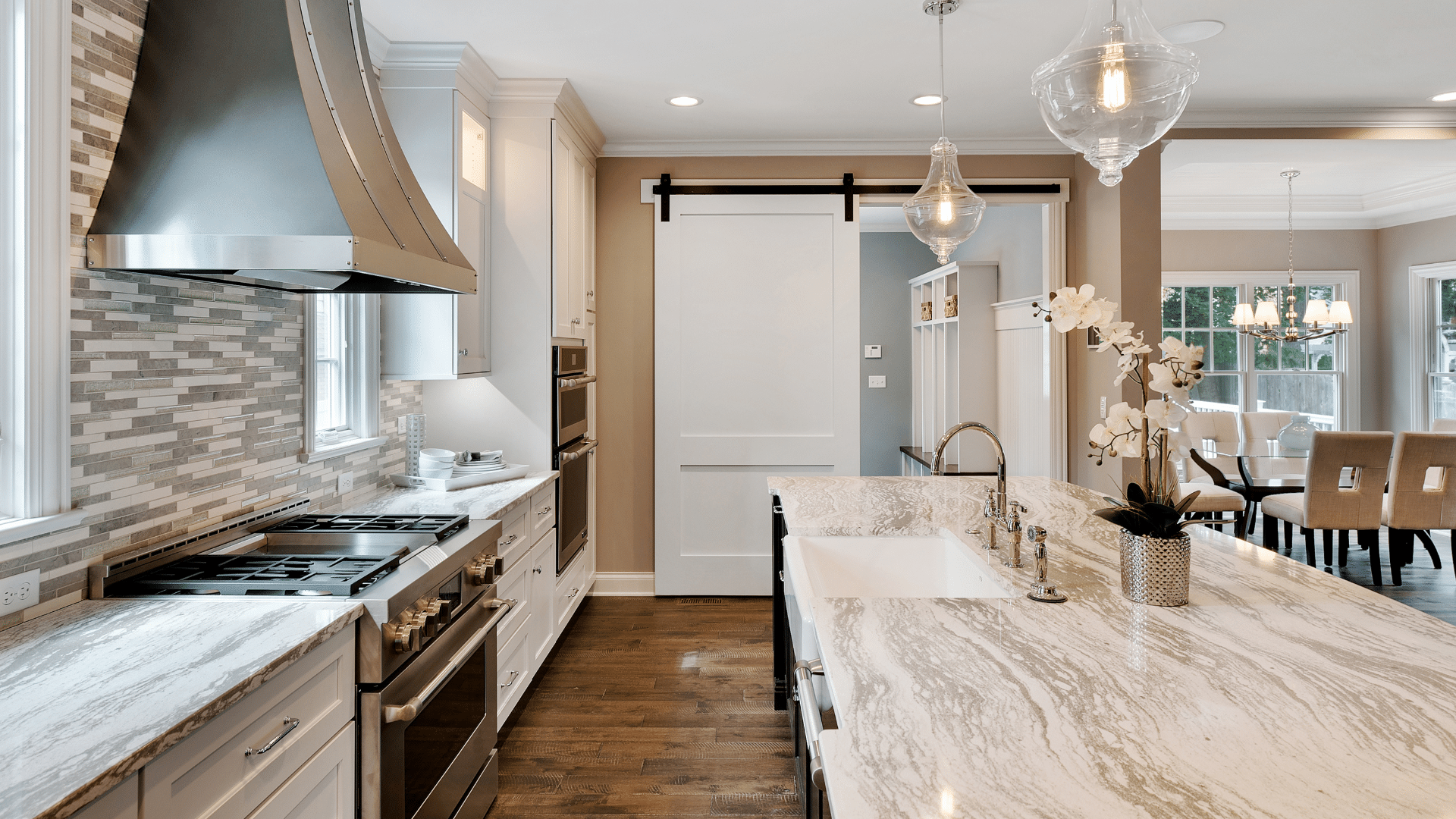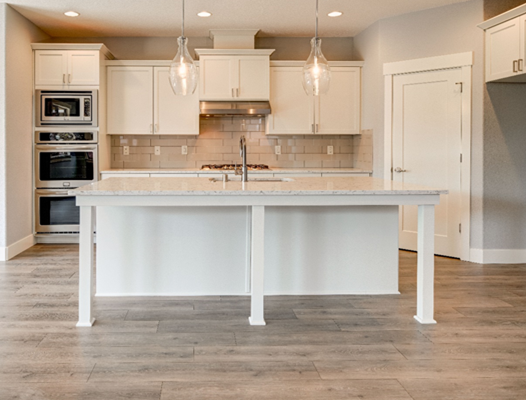Kitchen Island Legs for Modern and Standard Kitchens
Kitchen Island Legs for Modern and Standard Kitchens
Blog Article
Important Tips for Choosing the Perfect Table for Your Kitchen Area
Picking the perfect eating table for your kitchen is even more than simply a matter of preference; it necessitates an extensive understanding of your area and requirements. Begin by measuring your offered area to ensure sufficient clearance for motion. The form of the table plays a pivotal role; while rectangle-shaped tables suit bigger areas, rounded ones foster affection, and extendable choices use flexibility. Product selection is equally essential, with woods giving toughness and glass financing a modern-day touch. The table should harmonize with your cooking area's appearances and suit your family members easily. What other variables might influence this important choice?
Action Your Space
Selecting the suitable eating table starts with a thorough assessment of your available room. This foundational step guarantees that the table not only fits conveniently within the room but likewise enhances the total format and capability of your eating location.
Think about the circulation of movement around the table. It is vital to leave sufficient space for chairs to be taken out and for individuals to move the table without blockage. A basic guideline is to enable at the very least 36 inches of clearance from the edge of the table to the closest wall or furniture. This ensures ease of accessibility and convenience throughout meals.
In addition, believe regarding the number of individuals you normally entertain and whether you require extra area for guests. Selecting an extendable table can supply flexibility, permitting you to accommodate differing varieties of restaurants. By accurately gauging your space, you lay the foundation for selecting an eating table that enhances both the appearances and performance of your eating area.
Pick the Right Shape

On the other hand, round tables are excellent for smaller sized kitchen areas or intimate gatherings, as they advertise discussion by allowing every person to encounter each other. They likewise give a feeling of comfort and can fit well in tighter areas because of their lack of sharp edges. Oval tables offer the most effective of both worlds, integrating the length of rectangle-shaped tables with the affection of round ones, making them flexible for different setups.
Square tables are an additional alternative, specifically matched for square-shaped areas. They develop a modern and balanced appearance, cultivating an equivalent eating experience for all seated.
Product Factors To Consider
When choosing a table, product factors to consider are extremely important in figuring out the table's resilience, maintenance needs, and overall visual. Timber is a traditional option, using classic charm and effectiveness. Hardwoods like oak, walnut, and mahogany are particularly sturdy, though they can be pricey. kitchen island legs. Softwoods, such as ache, are much more budget friendly yet may be susceptible to damages and scrapes.
Glass-topped tables give a contemporary, sleek appearance and can make a space appear bigger due to their transparency. They need regular cleansing to avoid finger prints and smudges. Furthermore, tempered glass is suggested for its extra stamina and safety.

Finally, composite materials like MDF (Medium-Density Fiber board) or plywood are affordable alternatives. These products can simulate the appearance of strong wood but might not provide the same long life. They are normally much easier to clean but can be susceptible to water damages if not properly secured.
Eventually, the choice of product ought to align with your cooking area's style, your lifestyle requires, and your budget plan restraints. (kitchen island legs)
Seating Ability and Comfort
How do you figure out the right seating capability Get More Information and convenience for your eating table? For a family of four, a rectangular table of 48 inches long or a round table with a 48-inch size is generally sufficient.
The elevation of the table should ideally be around 30 inches, providing a well balanced ergonomic position for seated restaurants. Chairs should have a seat height of 18 to 20 inches to ensure a comfortable eating stance.
Design and Aesthetics
Selecting a dining table that matches your design and aesthetic appeal includes balancing individual preference with the existing decor of your eating room. The table is typically the centerpiece of the kitchen, and its design should enhance the total motif of the room. Whether your kitchen flaunts a modern, minimal look or a rustic, farmhouse beauty, the table you select need to integrate with these components to create a natural and inviting atmosphere.
Think about products carefully; timber supplies a timeless appeal and can vary from abundant mahogany for a typical seek to lighter oak for a contemporary feel. Steel and glass tables, on the other hand, can present a streamlined, commercial edge to your kitchen. Don't ignore the table's form-- rectangular tables are timeless and functional, while round and oblong choices can foster a more intimate eating experience.
In addition, pay attention to details and finishes. A troubled coating could include personality and heat, whereas a shiny surface area can add to a tidy, modern-day visual. Inevitably, your dining table must not just fit perfectly into your kitchen area's design but additionally reflect your personal design, elevating the room both functionally and aesthetically.
Verdict
In verdict, picking the suitable eating table for a kitchen demands cautious examination of room, shape, material, seating capacity, and aesthetic consistency. Guaranteeing a minimum clearance of 36 inches helps with comfortable activity, while the selection of shape boosts spatial characteristics. Material choice impacts durability and layout, making it vital to straighten with the cooking over here area's total visual. Ultimately, a well-chosen dining table fosters a welcoming environment and fits the home pleasantly, thus enhancing the eating experience.

When selecting an eating table, material considerations are paramount in determining the table's toughness, maintenance needs, and total visual. For a household of 4, a rectangular table of 48 inches long or a round table with a 48-inch diameter is usually sufficient.
Do not overlook the table's form-- rectangular why not find out more tables are classic and versatile, while round and oblong alternatives can promote a more intimate dining experience. kitchen island legs.
Report this page